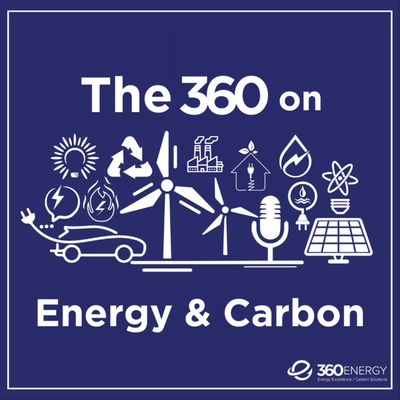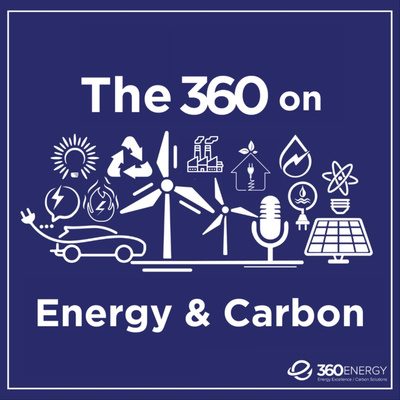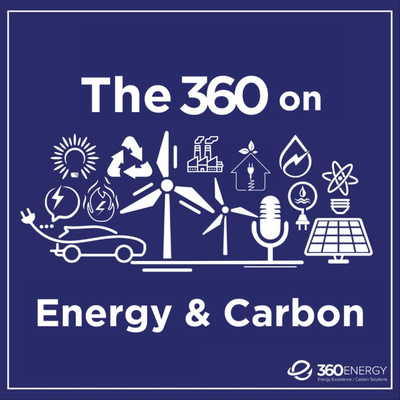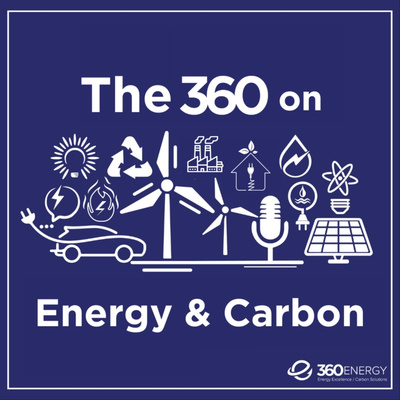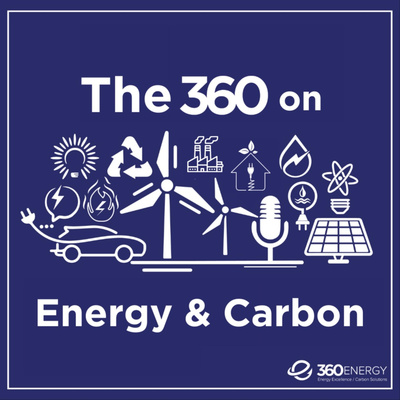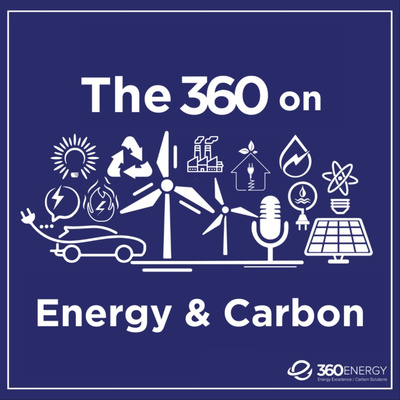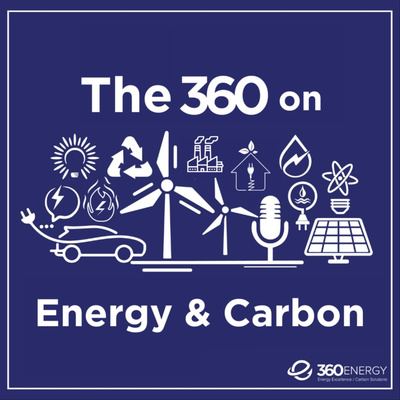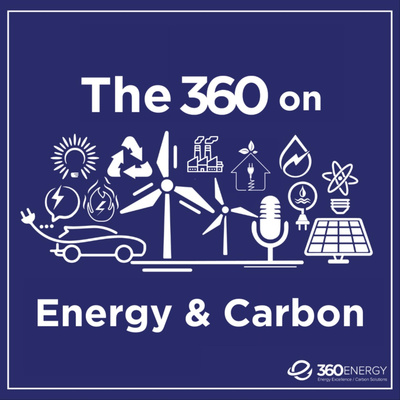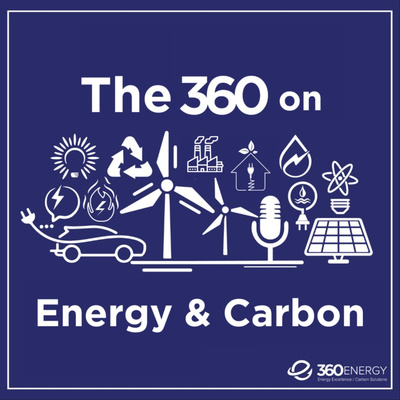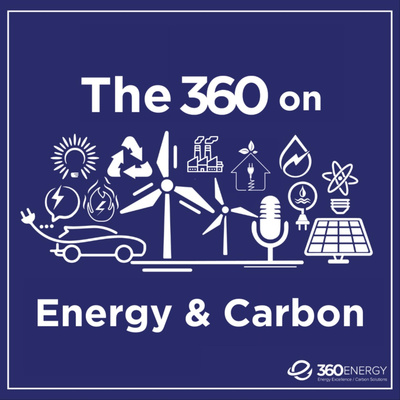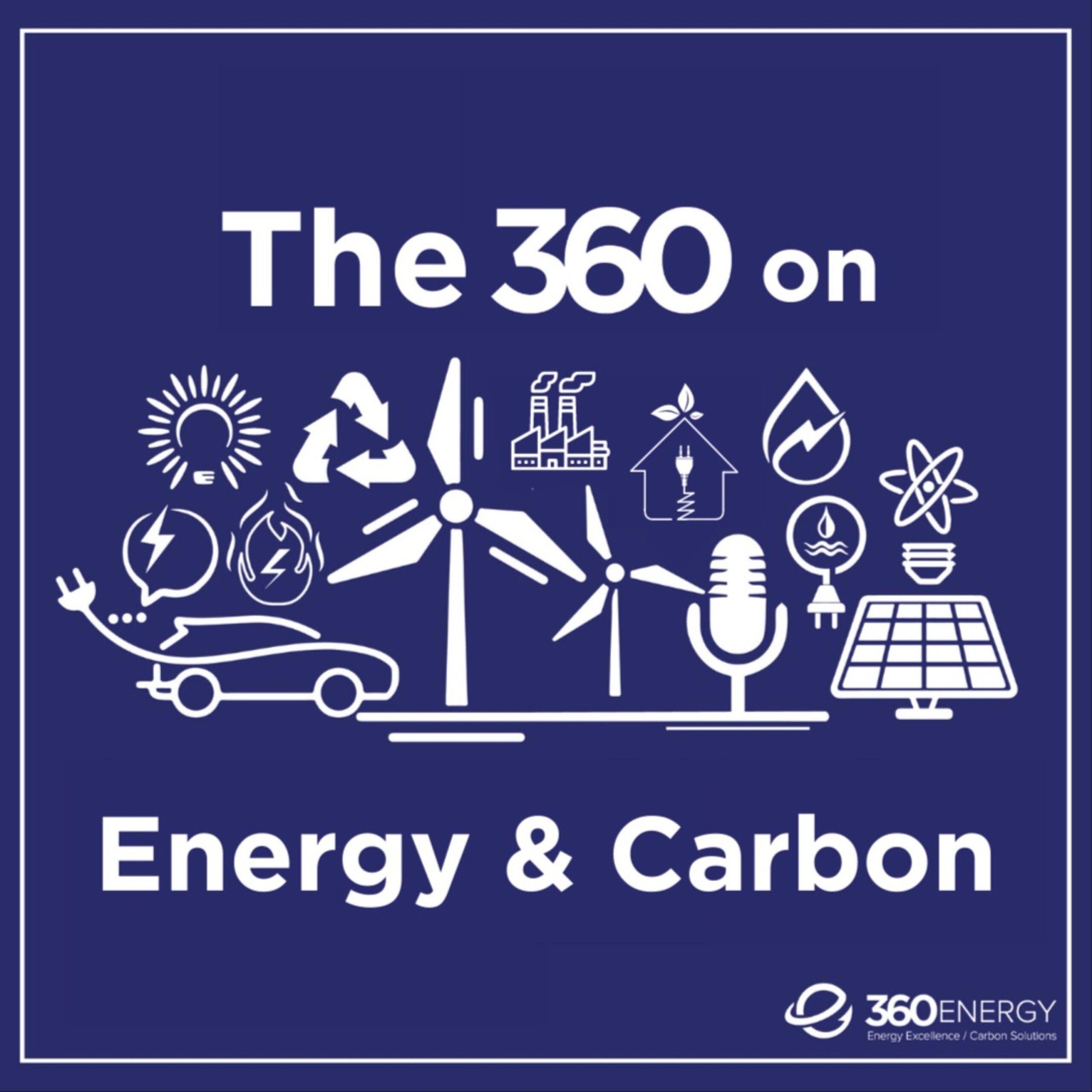
Energy is the second-largest operating input for a greenhouse grower. The profitability of their business, and the quality and volume of production ultimately depends on competently managing energy.
A sophisticated assessment tool, known as a “Mass and Energy Balance Analysis”, is now available to help greenhouse growers maintain their competitive edge. The concept behind the tool is relatively straight forward. A mass and energy balance study, maps the total energy entering and leaving a greenhouse. It can identify a greater range of management and energy conservation measures than traditional energy audits.
A mass/energy balance study identifies the flow of all inputs which participate in the growing process. These inputs include energy, CO2, water used in irrigation and the crops themselves (for example, vegetables) which, over the course of a growing cycle, are picked and removed.
The diagram illustrates the multiple components of a Mass and Energy Balance Analysis. It estimates the amount of each Energy Source and each Energy Loss. The analysis either calculates the losses and sources in energy units (BTU’s, KW or GJ) or it meters and measures them.
The main energy sources for greenhouses are solar; heat from boilers; and lighting. Energy losses can include heat leaving the building and crop transpiration. This tool also accounts for energy which is converted to mass in the plant growth process.

There are advantages to a greenhouse grower that undertakes this kind of an assessment. A mass energy balance analysis:
- Confirms the operating requirements of the facility based on the specifications of the structure, the produce grown and the location of the site;
- Compares the loss of energy from venting (it’s large) to installing vent fans for humidity and indoor temperature control. Savings can be substantial and quantified;
- Identifies additional energy savings opportunities, including for example: the installation of energy curtains; power generation with heat recovery; adding a condensing economizer; reducing infiltration air by fixing air leaks; changing to higher efficiency lights.
- Informs the development or fine-tuning of a procurement strategy. The grower gains a full understanding of the energy and water required capacity of their operation during peak conditions as well as the monthly consumption throughout the year. The commodity, transportation, transmission and distribution costs are fully visible for a comprehensive purchasing plan;
- Addresses water losses, not just energy losses. The cost savings from recycling leachate water for example, is also estimated.
Greenhouse growers know well the importance of running efficient operations. Given their value, mass energy balance studies will likely soon be the norm in the industry.

